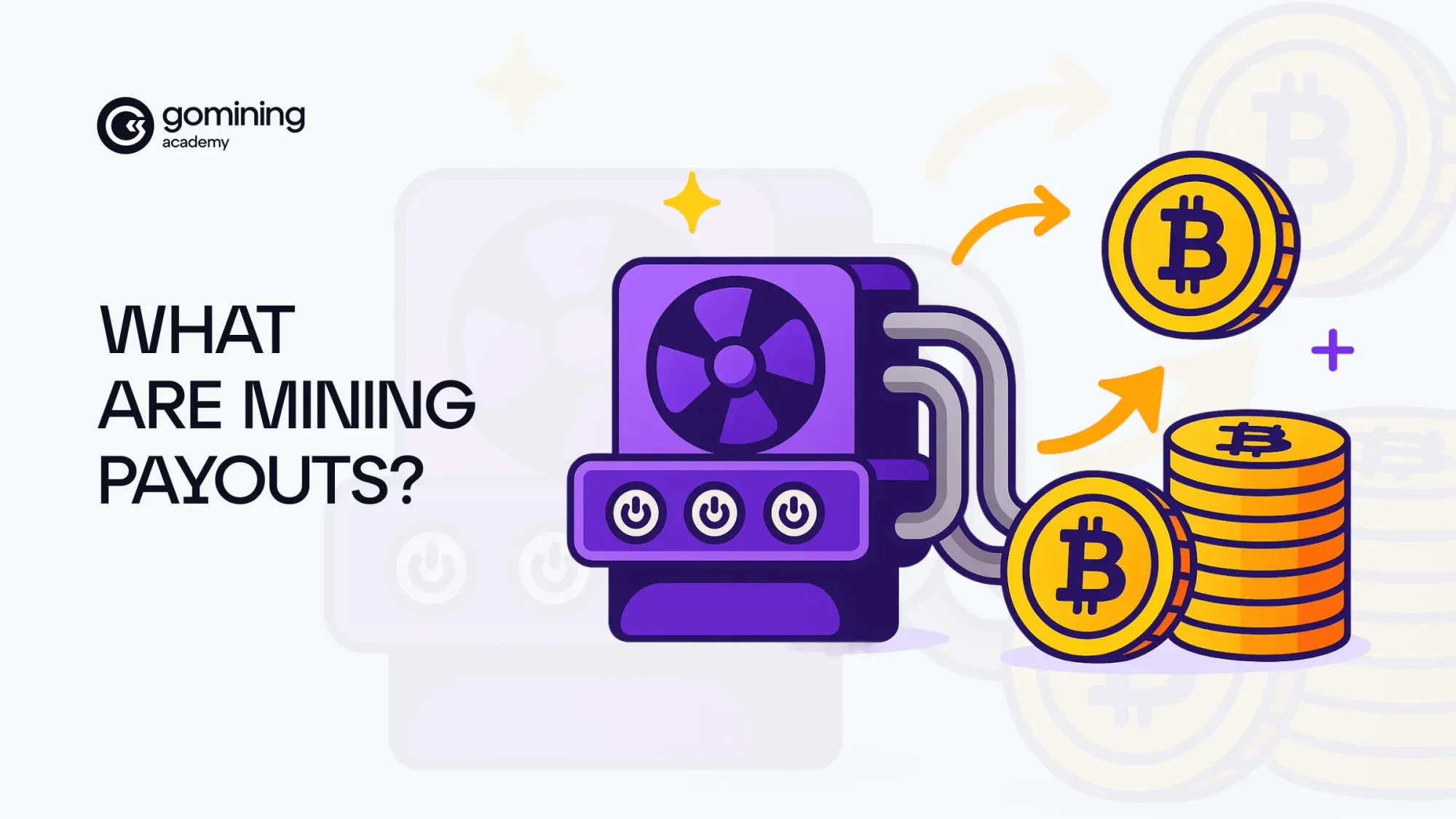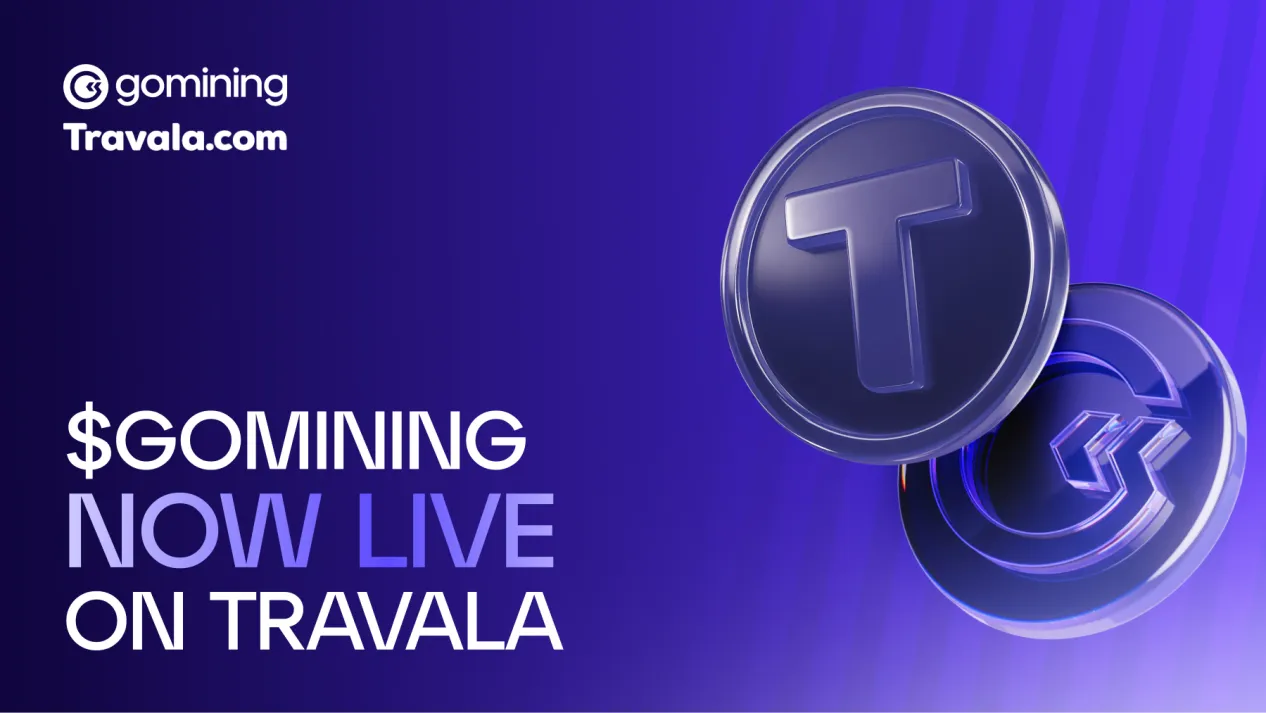Since China’s mining ban in 2021, Bitcoin mining has rapidly expanded in the United States. Today, the U.S. is home to more than 20 publicly traded Bitcoin mining companies and over 80 independent firms offering hosting services—making it the global leader in the industry.
According to the Hashrate Index’s Global Hashrate Heatmap, an estimated 36% of all Bitcoin mining now takes place in the U.S., followed by Russia with 15.6% and China with 13.8%. This heatmap estimates the global distribution of mining activity by combining data from mining pools, ASIC trading flows, and firmware adoption trends to provide a weighted view of hashrate concentration by region.

US Represents 36% of Global Hashrate (Source: Hashrate Index).
Texas: The Epicenter of Global Bitcoin Mining
With over 50% of North America's hashrate located in Texas, the state has firmly established itself as the Bitcoin mining capital of the United States—and arguably, the world. Texas is home to several major publicly traded mining companies, including Riot Platforms, Bitdeer, Cipher Mining, Core Scientific, Hut 8, Applied Digital, Iris Energy, and MARA Holdings. According to data by The Miner Mag, Texas now hosts nearly 3.85 GW of mining capacity from just eight public mining firms. This figure does not include data from private operations or important public companies like Canaan, Cango or BitFuFu as they don’t disclose state-level power breakdown.
One of the most notable sites is Riot Platforms' Rockdale Facility, which has a total power capacity of 700 megawatts (MW) and is considered the largest single Bitcoin mining facility by developed capacity in North America. Riot is also developing an even larger site in Navarro County, with plans to scale it up to 1 gigawatt (GW).
Riot’s Rockdale Facility with a total power capacity of 700 MW (Source: Riot Platforms).
Why Bitcoin Miners Are Flocking to Texas
Texas has become a global hotspot for Bitcoin mining, and it's no accident. A combination of energy advantages, infrastructure, and policy support has made the Lone Star State a prime destination for mining operations. Here are five key reasons behind its rapid rise:
- Rich Energy Supply: Texas offers a diverse and abundant mix of energy sources, from wind and solar to traditional oil and gas. This energy surplus provides the backbone for power-dense mining operations.
- Competitive Electricity Prices: Thanks to its deregulated electricity market, Texas allows consumers to choose their power providers, fostering price competition. As a result, miners benefit from some of the lowest electricity rates in the country.
- Strong Energy Infrastructure: With an extensive network of power plants, substations, and transmission lines, Texas is well-equipped to handle large-scale industrial operations like Bitcoin mining.
- Supportive Regulatory Climate: The state is known for its pro-business stance and relatively light-touch regulatory approach. Policies that favour innovation and emerging technologies make Texas an attractive environment for miners looking for long-term stability.
- Skilled Talent Pool: Texas boasts a large pool of professionals in energy and tech-related fields, offering mining firms the expertise needed to manage and scale advanced mining operations.
These favourable conditions have shaped GoMining’s U.S. expansion strategy, with new sites in active development to support institutional-scale mining operations.
U.S. Bitcoin Mining Hubs Beyond Texas
While Texas has earned the title of the Bitcoin mining capital of the world, several other U.S. states have also become important players in the industry.
1. Georgia has long been a popular destination for Bitcoin miners due to its low electricity costs, moderate climate, and pro-business environment. At its peak, the state hosted some of the largest mining facilities in North America, with operations from industry leaders like Bitmain and Core Scientific. Georgia’s crypto-friendly policies and stable regulatory framework have made it a natural choice for mining companies seeking to scale. In Q2 2025, the state houses over 700 MW in mining capacity,
2. New York, particularly the upstate region, is attractive because of its abundant hydroelectric power. Companies like Greenidge Generation and Foundry are operated or based in the state which totals over 500MW in mining activity. However, while New York's access to green energy is a major draw, regulatory challenges such as a temporary moratorium on new proof-of-work mining permits (unless powered by renewables) have slowed new investments.
3. North Dakota stands out for its extremely low electricity rates, often sourced from natural gas flaring, and its mining-friendly political landscape. Companies like Applied Digital have launched significant operations in the state. North Dakota actively promotes energy innovation by encouraging data centers and mining facilities to co-locate with energy producers, improving both efficiency and sustainability.
4. South Carolina is also emerging as a strong contender in the Bitcoin mining space. With access to inexpensive, low-carbon electricity—especially from hydroelectric sources—and a supportive regulatory environment, the state is becoming increasingly attractive to miners. GoMining has commenced operations in South Carolina as part of its U.S. buildout, supporting its infrastructure-backed approach to institutional Bitcoin mining. Next to GoMining, Genesis Digital Assets (GDA) has launched three data centers with a combined capacity of 33 MW, powered by clean energy and developed using local resources. Phoenix Group PLC opened a 25 MW facility in Willamette. These projects mark South Carolina as a fast-growing hub for industrial-scale Bitcoin mining.
US Based Mining Pools
Mining pools are groups of Bitcoin miners who combine their computational power to increase the chances of earning block rewards. Rewards are then distributed among participants based on the amount of work each contributed, making payouts more predictable compared to solo mining.
As of publication, Foundry USA is the largest mining pool in the world, accounting for 31.7% of all pooled Bitcoin hashrate, according to Mempool.space. Foundry is part of the U.S.-based Digital Currency Group and primarily serves North American miners.
Other U.S.-based pools include Luxor (4.3%), known for its enterprise-grade services, and MARA Pool (3.25%), operated by MARA Digital Holdings to maximize regulatory compliance and efficiency for its internal mining operations. These pools reflect the influence of U.S. companies not just in operating hashrate but also in hashrate distribution across the network.

3 out of 10 Mining Pools are US-based Companies (Source: Mempool.space)
Made in America
The vast majority of ASIC mining hardware is still manufactured in China and Southeast Asia. However, recent disruptions in the supply chain may accelerate the shift toward domestic production and assembly in the U.S.
Earlier this year, the U.S. government tightened controls on semiconductor imports, directly impacting Bitcoin mining hardware. U.S. Customs and Border Protection (CBP) began seizing shipments from Chinese manufacturers like BITMAIN, MicroBT, and Canaan Inc. These actions are part of a broader push to reduce reliance on Chinese tech.
In April, former President Trump announced new import tariffs. While exemptions were made for phones, semiconductors, and computers, ASIC miners were excluded, creating further uncertainty for U.S.-based mining operations.
One long-term solution is to invest in domestic ASIC production, though this will require time and capital. Intel’s short-lived Blockscale project showed that entering this space isn’t easy. Without new suppliers or government incentives, the U.S. risks losing its edge in Bitcoin mining to less restrictive markets.
ASIC manufacturers Auradine, Bitdeer Group, and Block could help offset some of the risks created by evolving U.S. trade policies. U.S.-based Auradine is well-positioned to meet growing domestic demand, leveraging its technology and in-house production capabilities to expand its market share.
Bitdeer, for its part, does not anticipate any disruptions from the Bureau of Industry and Security (BIS) rules. The semiconductor assembly and test partners involved in its SEAL chip supply chain are already BIS-compliant.
Block has also signaled its ambitions in the ASIC space, but it still needs to prove it can achieve mass production. Its ability to scale and meet market demand will determine whether it can compete with more established players.
Meanwhile, Asian manufacturers are adapting too. BITMAIN announced plans in December 2024 to open a U.S. facility, and MicroBT is expanding its American footprint with onshore assembly of mining equipment.

(Source: Auradine).
As the global center of gravity for Bitcoin mining shifts toward more regulated and institutionally viable markets, the United States has emerged as the industry’s most resilient and strategically important region. From Texas to South Carolina, an ecosystem of energy, infrastructure, and policy support is enabling industrial-scale mining to thrive.
GoMining’s U.S. expansion reflects a broader commitment to delivering scalable, professionally managed infrastructure that supports long-term institutional participation in Bitcoin’s foundational layer.
Explore how GoMining Institutional provides access to Bitcoin mining as a yield-bearing strategy, visit institutional.gomining.com
Nico Smid, GoMining Institutional Research Analyst.
April 24, 2025












